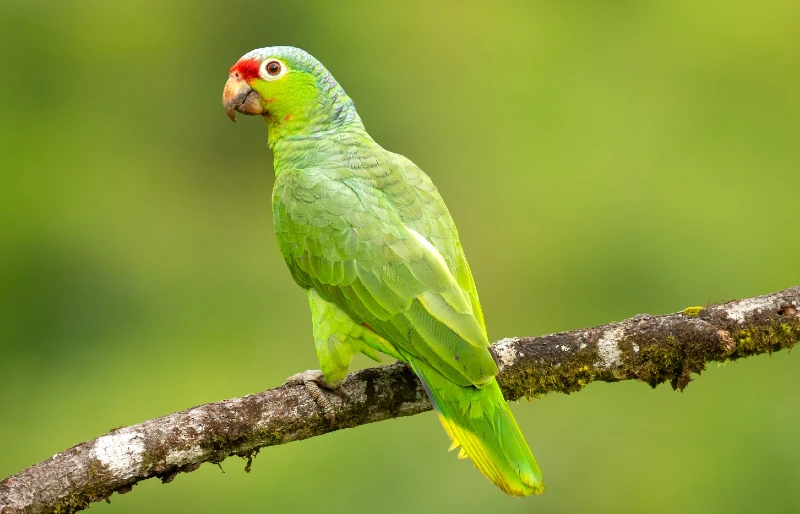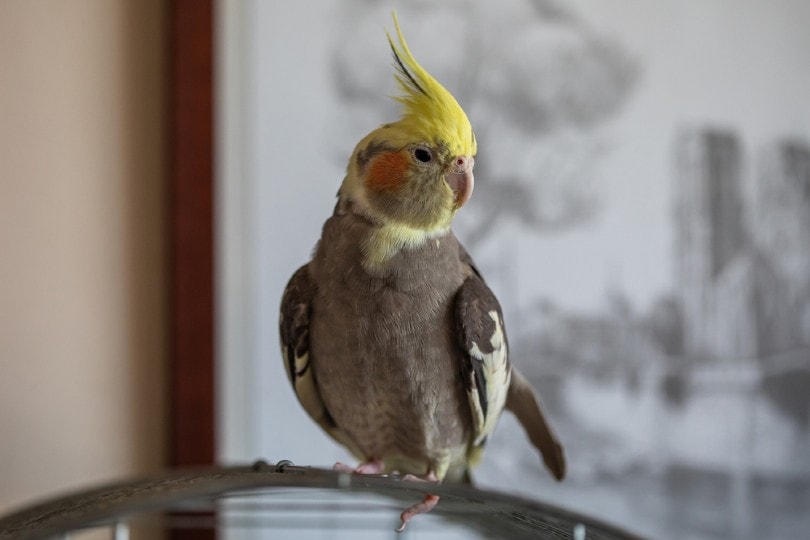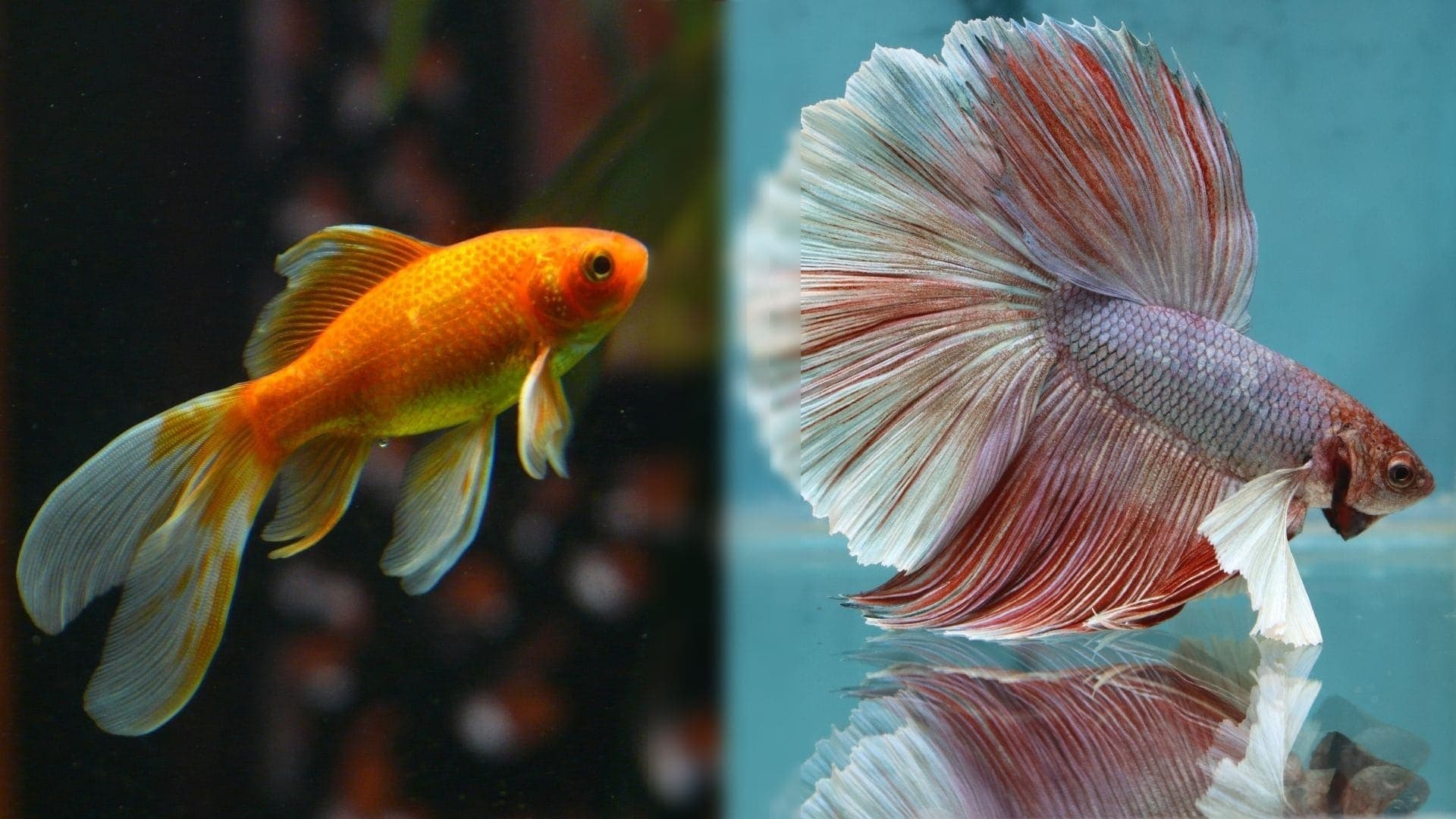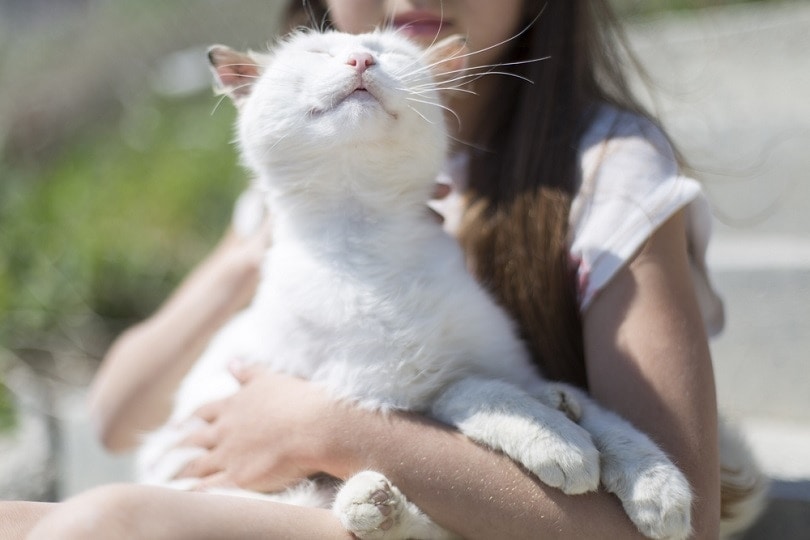9 Smartest Parrot Breeds: Pictures, Facts & Lifespan
Updated on
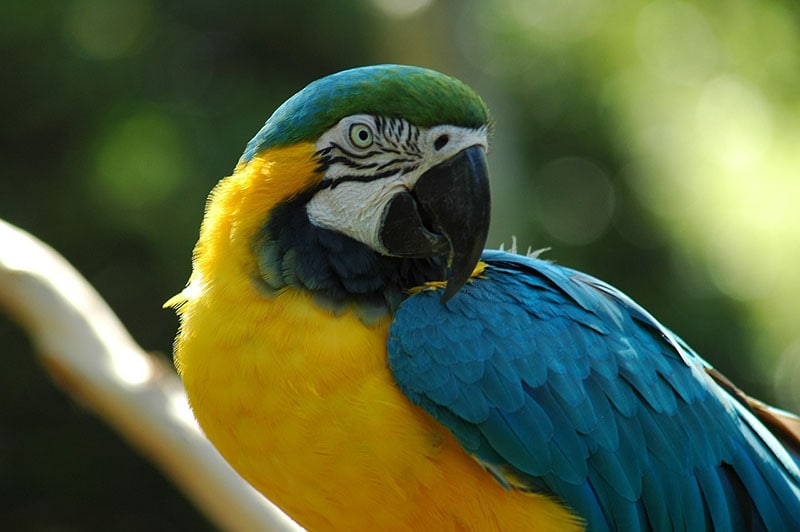
While the term “bird brain” used to be a playground insult, scientists suggest it should be seen as a compliment. Despite the fact that we’ve all seen a seagull pecking away at a garbage bag on the street, research shows that birds are among the smartest animals in the world.
While a parrot’s brain may be smaller than that of other animals, they’re generally considered to be more intelligent than most mammals. Parrots can count, communicate, and even use reasoning, though not all species are created equal. Read on to learn more about nine of the world’s smartest parrot breeds, including what you need to do as a bird owner to keep your intelligent pet happy and healthy.
How Is Bird Intelligence Classified?
Bird intelligence can and has been studied in many ways. While most research focuses on birds like pigeons and quails, studies show that those in the crow and parrot families have several conditions that make them highly intelligent. Birds in these families live with one another socially, have long periods of development before becoming independent, and possess large forebrains, all of which suggest that they are capable of great cognitive abilities.
We can’t delve deeply into all the tests that researchers have done on parrot intelligence, but let’s look at the conclusions the studies have drawn.
- Count up to six
- Use tools to extend their physical influence (e.g., using sticks to extract bugs from logs)
- Associate words with their meanings and use them to form sentences
- Conceptualize abstract concepts like “same versus different”
The 9 Smartest Parrot Breeds
1. African Grey Parrots
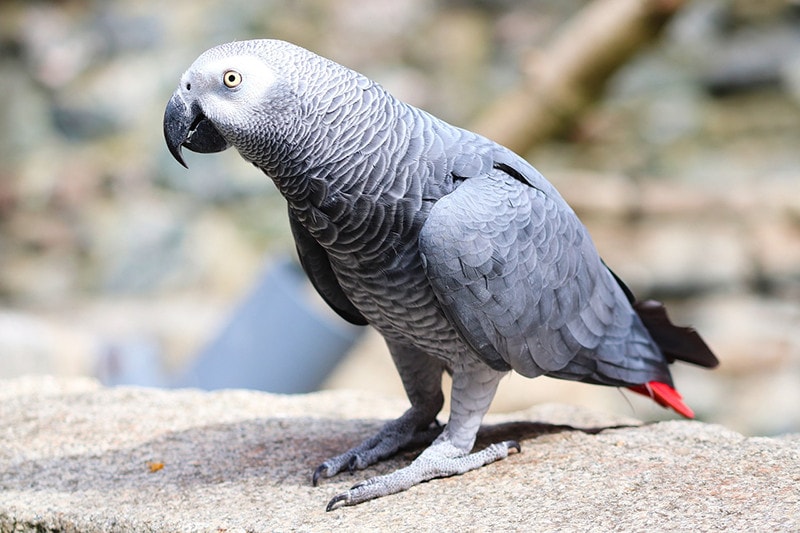
| Origin: | West and Central Africa |
| Lifespan: | 60–80 years |
| Length: | 13 inches |
African Greys are one of the most intelligent bird species in the world. Their cognitive abilities have long been studied, and they’re found to have similar brain power to that of a four-year-old human.
Alex the African Grey is probably the most well-known specimen. He was the study of a 30-year experiment that found that the species can associate words with meanings, form sentences, form abstract concepts, and even teach other birds.
2. Macaws
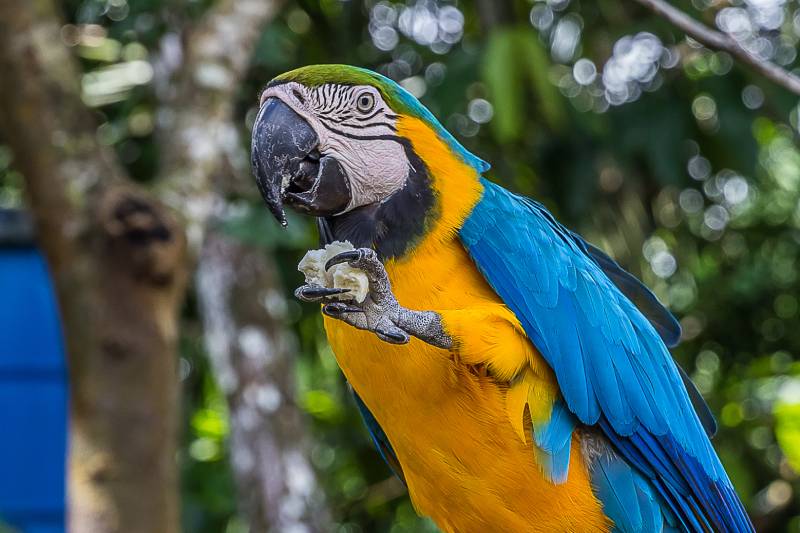
| Origin: | Tropical North and South America |
| Lifespan: | 30–50 years |
| Length: | 20–40 inches |
Macaws are truly breathtaking birds. There are over 19 species of macaws ranging in colors from bright red to turquoise and yellow to indigo. Their intelligence is sometimes compared to that of a human toddler. They’re capable of problem-solving and using tools and are highly communicative with both their owners and other birds. Macaws are so in tune with their humans that they can recognize changes in their emotional state and react appropriately.
3. Budgerigars
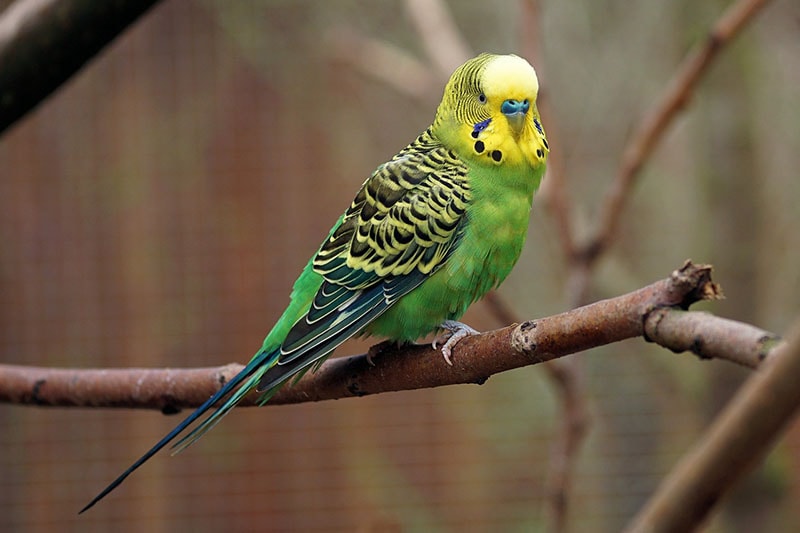
| Origin: | Australia |
| Lifespan: | 7–15 years |
| Length: | 7–10 inches |
Budgerigars are small parrots with a much shorter lifespan than others we’re looking at today. They’re the most commonly kept pet bird species due to their small size, affordable price, and ability to mimic speech. While most parrots can talk and mimic, researchers believe that budgies can speak in context and may have the largest vocabulary of all bird species. Additionally, they are very playful and can be taught to perform tricks. However, budgies can be very sensitive and timid by nature. It’s important to avoid raising your voice or making sudden movements when you’re in your pet’s midst.
4. Cockatoos
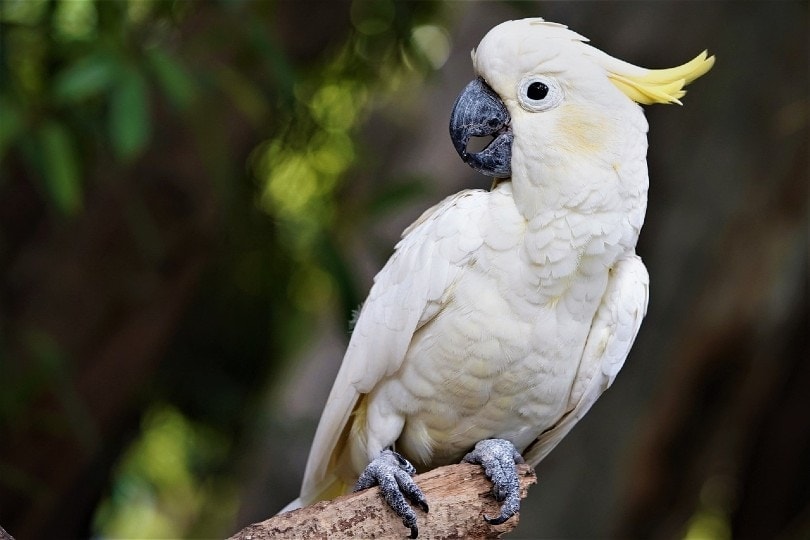
| Origin: | Australia, New Guinea, Aru Islands |
| Lifespan: | 25–70 years |
| Length: | 12–27 inches |
A cockatoo is any of the 21 species of parrots in the Cacatuidae family. As you can tell from the snippet of information above, their lifespan and size will vary depending on the exact species you acquire. While none of the cockatoo species will talk quite as much as African Greys or budgies, they are a very playful and intelligent breed. They can learn to perform complex tricks and are very adept escape artists. Additionally, they can do high-precision tasks and can craft materials together to make tools.
5. Amazon Parrots

| Origin: | Neotropical Americas |
| Lifespan: | 25–60 years |
| Length: | 12–15 inches |
There are 33 species of Amazons, with each as highly intelligent and curious as the next. These birds can be trained to perform tricks and tasks of varying complexity and can mimic human voices almost perfectly. When it comes to speaking ability, Amazons are second only after African Greys. Their speech clarity is crystal clear, so you’ll never have to ask your bird to repeat himself.
6. Quaker Parrots
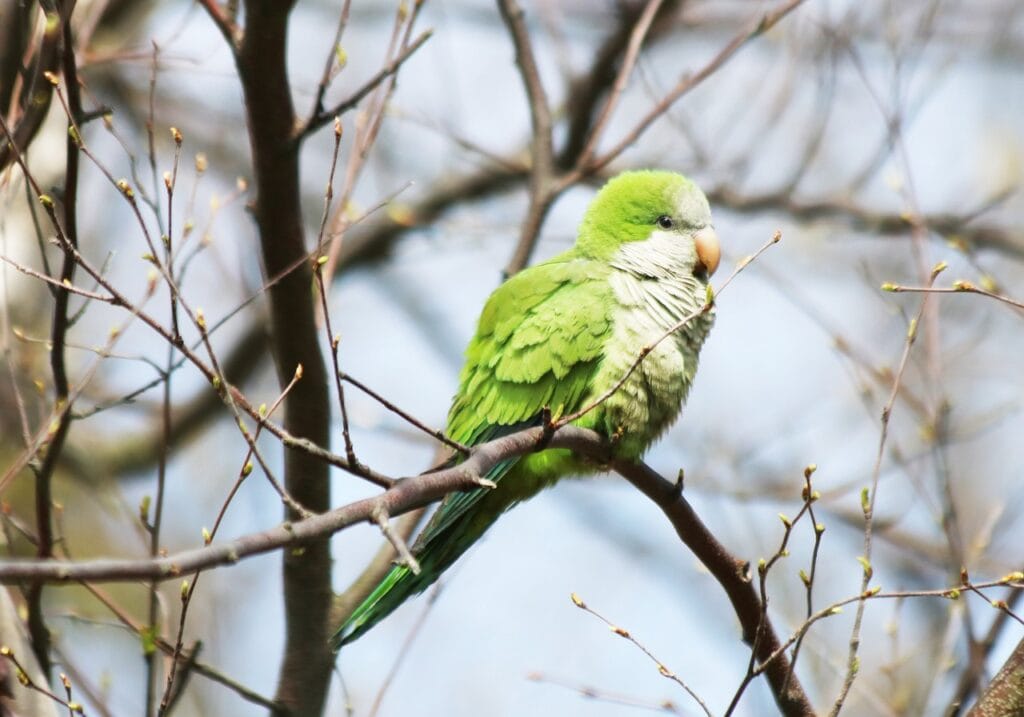
| Origin: | South America |
| Lifespan: | 20–30 years |
| Length: | 11–12 inches |
Quaker parrots are highly intelligent birds that can learn to apply concepts to how things are done. You can give them a toy, and they’ll figure out how to dismantle it without breaking it. Like cockatoos, Quakers can be very adept escape artists as they’ll observe you closely to learn how you lock and unlock their cage. They can develop an extensive vocabulary, especially if you’re always talking around them.
Note: Quakers are illegal to own in several U.S. states.
7. Conures
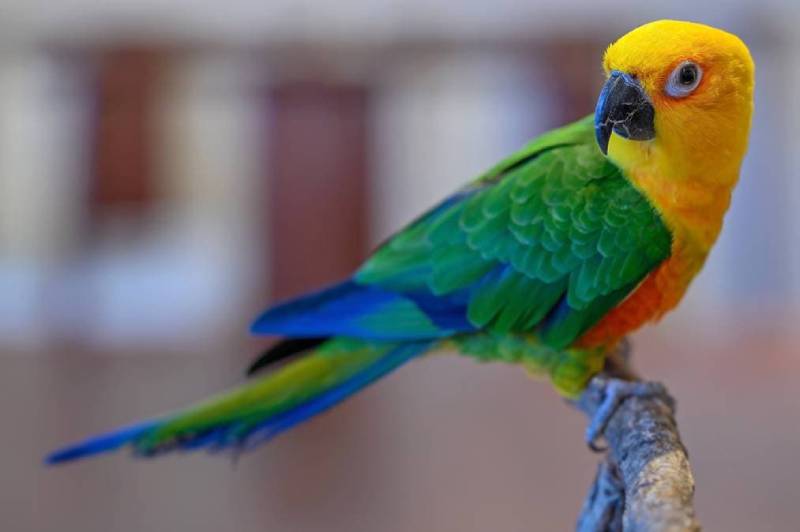
| Origin: | From Mexico to Argentina |
| Lifespan: | 10–25+ years |
| Length: | 8–20 inches |
There are roughly 45 species of conures of varying size, color, and intelligence. While they won’t develop crystal-clear speech or extensive vocabularies, conures are smart in other ways. Some conures are very fast learners and can learn to do tricks. They can be very playful and trainable pets, but they need the right household to really shine. Like other parrot species, conures make great escape artists.
8. Senegal Parrots
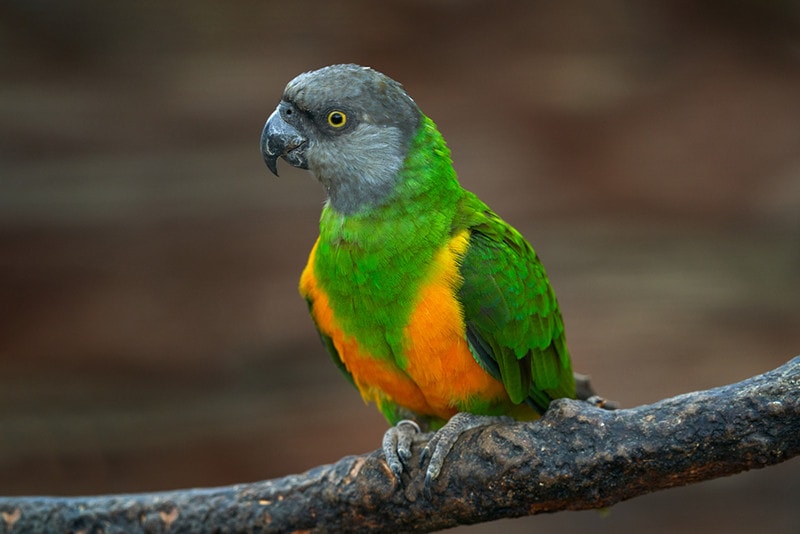
| Origin: | Western Africa |
| Lifespan: | 25–50+ years |
| Length: | 9 inches |
Senegal parrots are a small to medium-sized parrot breed with a self-assured and charming personality. They’ll readily expand their vocabulary and will learn to mimic household sounds such as microwave beeps and doorbell rings. They have a softer and quieter voice than other parrots and tend to bond closely with one person in particular. Senegal parrots typically don’t require as much attention as other breeds we’ve looked at.
9. Indian Ringneck Parakeets
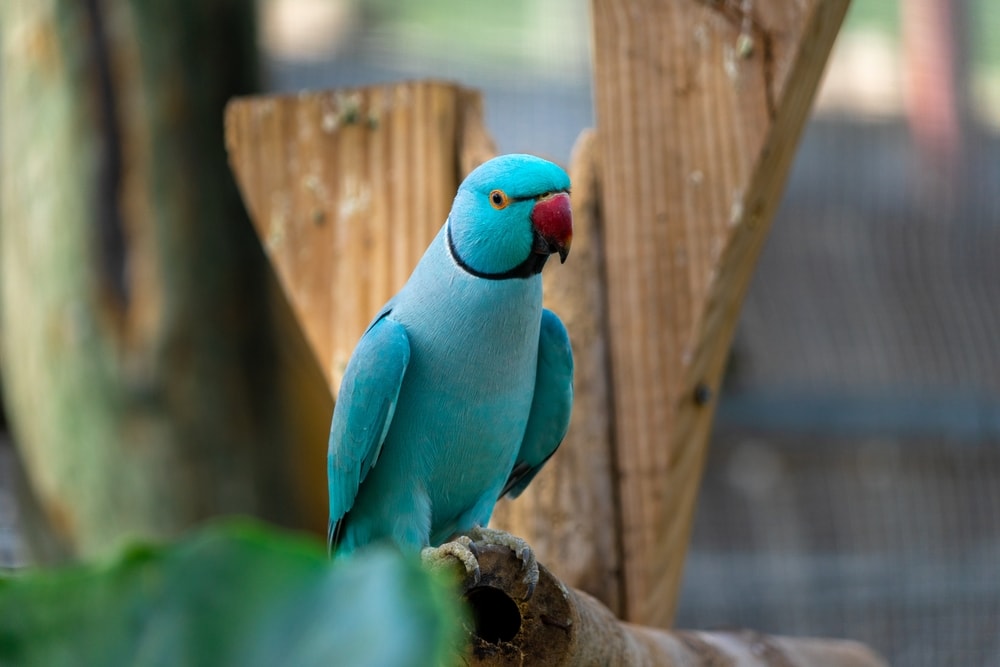
| Origin: | Southern Asia |
| Lifespan: | 15–25+ years |
| Length: | 16 inches |
Indian ringnecks are a medium-sized Asiatic subspecies of the rose-ringed parakeet. They are known for their ability to learn things quickly and their high intelligence. They’re one of the best-talking species and can boast a vocabulary consisting of more than 200 words. They aren’t great at mimicking the human voice but are known for their ability to use their own bird voice to say words.
What to Know About Owning an Intelligent Bird
Parrots can make fantastic pets, though their high intelligence means they require extensive behavioral and social enrichment to stay happy and healthy. Boredom and stress associated with their inability to engage in natural behaviors are the most common challenges bird owners face. Environment enrichment provides parrots with the ability to engage in behaviors they’d naturally engage in in the wild, such as foraging and exercising. Parrots rely on their instincts, and without the proper mental and physical activities in their daily lives, they can develop behavioral problems such as feather plucking.
- Offering foraging toys you can hide treats in for them to “forage” for
- Offering shreddable toys for them to destroy or manipulate (e.g., old phone books)
- Ensuring they have plenty of daily interaction with you
- Ensuring they have time outside of the cage to fly
- Providing puzzle toys to manipulate with their beaks and feet
- Providing perches of varying shapes, sizes, and materials to replicate perches in nature and promote foot health
Conclusion
Parrots are highly intelligent, social, and affectionate animals that can be very rewarding to keep as pets. However, their high intelligence means they require much interaction and deliberate care to stay happy and healthy. This is not a pet you can adopt and leave in his cage all day.
See Also:
Featured Image Credit: Paul Brennan, Pixabay



